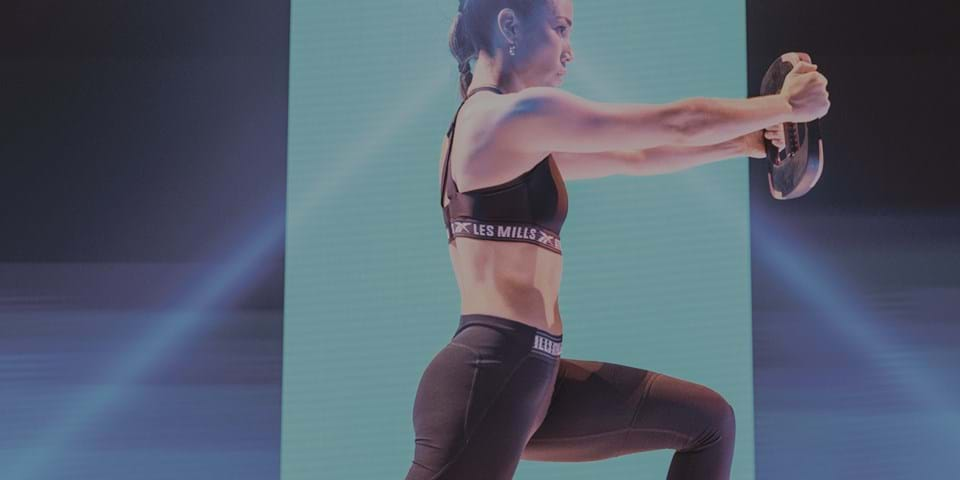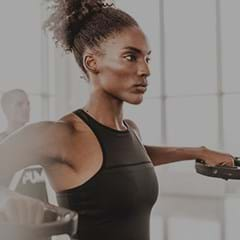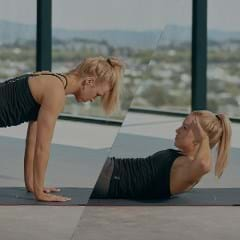The idea of exercising to stay youthful gets a major showcase this month when the World Masters Games touch down in Auckland, New Zealand. Among the more than 25,000 participating athletes will be many living – and running, swimming, jumping, riding and throwing – examples of the youth-preserving power of physical activity. So, if they can do it, can anyone? Can you be physically younger than your chronological age suggests?
In fact, there is a scientifically-backed way to calculate your so-called fitness age. By taking the five-minute test you can measure yourself on an age-average spectrum.
The idea of calculating your fitness age originated with Ulrik Wisløff, a professor of physiology at the Norwegian University of Science and Technology. Wisløff created the algorithm as an easily understandable way to measure your cardiorespiratory fitness. While there’s an element of fun to finding out your fitness age, how useful it is is debatable. After all, it’s kind of interesting to learn you have the fitness age of an average 25 year old, but how fit is an average 25 year old really? And are you better off being an average 25 year old or a super-fit 35 year old?
If you’re after a better gauge of your aerobic fitness simply measuring your VO2 max is where it’s at.
Your VO2 max is reached when your body’s oxygen consumption remains at a steady state despite an increase in exercise workload. Considered the purest measure of aerobic fitness, your VO2 max indicates your body’s ability to deliver oxygen to tissues. The stronger your ability to deliver oxygen around the body the less stress on your heart (as your heart doesn’t need to pump as hard to get oxygen delivered to tissues). This means your VO2 max is also arguably the best predictor of heart disease.
The good news is, measuring your own VO2 max is relatively easy – the Queens Step Test is one of the most accurate self assessments. Aiming for a VO2 max measurement between 45 and 50 is a great place to start.
So does your VO2 max age?
As we get older, motor neurons die, connections between muscle fibers weaken, and muscle fibers shrink. Our VO2 max begins to decrease by our late 30s. Unless we’re highly-trained athletes, we can expect it to drop by about one percent a year. This is because the heart begins to slow and consequently can’t send as much blood and oxygen to the working muscles during exercise.
Some studies suggest there is little we can do to offset the decline, but there is also evidence that upping the intensity of exercise may be an answer to raising your VO2 max. For sedentary individuals research shows that simply introducing moderate intensity exercise can improve VO2 max by 57 percent. For those who exercise regularly, the introduction of high-intensity interval training is key to driving your body into the anaerobic training zone and getting results.
The idea is to increase cardiorespiratory intensity to the point where your heart is consistently pumping at 85 percent capacity during exercise. With high-intensity interval training you can reach that required intensity level, while also benefiting from the rest periods to rid the lactic acid that builds up during the periods of high intensity.
Wisløff recommends high-intensity activity of four minutes, interspersed with three-minute rest periods, as the ideal formula for improving VO2 max. This means the heart pumps consistently at 85 percent of its maximum, rather than yo-yoing between 75 and 95 percent. Wisløff claims just seven weeks of this can provide dramatic results – driving spikes in VO2 max that go beyond improving cardiorespiratory fitness and into weight loss and lean muscle gain. However, research also shows that using intervals of mixed duration (from 30 seconds up to two minutes and 30 seconds) have the same effect. This is backed up by a Penn State University study showing a exercise program incorporating high-intensity interval training twice a week can improve VO2 max by an average of 6.4% in just six weeks.
The good news is, whatever your age you can take action by increasing the intensity of your physical activity to improve your VO2 max (and potentially turn back time). You only have to look at a study of athletes taking part in the 2015 Senior Olympics. The average chronological age of competitor was 68, while the average fitness age was just 43 – a quarter century difference!
The really good news was that many of these athletes had only begun serious training later in life – middle-age or older. “So you can start any time,” said research leader Dr Pamela Peeke. “It’s never too late.”








